Table of Contents Show
“A rose by any other name would smell as sweet were it not a rose called.”
That at least is what Shakespeare said in his play Romeo and Juliet. So, is this an article about roses? Not really. It’s about dinosaurs. Would dinosaurs be as interesting if they were called anything other than dinosaurs? It sounds dubious.
But here’s a thought. Who exactly names dinosaurs? How and where do they get their names from?
Humans, being what they are, is it remotely possible that the meaning of a word could change if we decided to change its name?
And boy! Does that open up a whole, new world of possibilities right there!
A brief history of the word “dinosaur“
So to start off, who exactly coined the word, ‘dinosaurs’? And what exactly does it mean?
In the 1840’s there was a British paleontologist by the name of Richard Owen who examined three different fossils that his colleagues had discovered. These fossils apparently looked like ‘big lizards.’
Upon careful study, Owen noticed similarities between all three fossils, and when he reported these findings, he introduced the word dinosauria, Greek for terrible, big lizard. After all, this was the biggest reptile in the world at the time, so it had to have been terrible.
The Greek word deinos literally means ‘terrible’ while ‘sauros’ translates to ‘lizard’. Today, these giant, long-perished creatures are forever referred to as dinosaurs. And here is where we come to the meaning of the word, as it is used today.
It is almost magnificent how the word dinosaur enacts fear, terror and even and odd sense of love and awe in the hearts of people. Truly, the name has become an icon in and of itself, inspiring entire fandoms of culture. However, few actually know that the name dinosaur actually reeks of ignorance.
How so, you ask? Well, these magnificent creatures do not exactly qualify to be called lizards.
The reason being that in all fossilized remains of these gigantic extinct creatures that have been found, they all seem to have straight legs right below their bodies.
The legs are attached at a 90 degrees angle to the body of the reptile. However, lizards have their legs attached at a greater angle.
Lizard legs spawn outwards and are not directly below their bodies. These may seem like minor changes that shouldn’t really make much of a difference but they are still enough to disqualify dinos from being lizards.
Thus, the very name dinosaur reeks of utter ignorance from us humans, however, being the absolutely iconic name that it is, it is still used to this day. A somewhat ironic fact is that a factually incorrect name is still relevant in today’s age just because of how popular it has become.
So this begs the question on what exactly are dinosaurs if they aren’t lizards. Well, the answer may be somewhat surprising because dinosaurs are actually considered ancestors of modern day birds. It is particularly the Cassowary bird that is considered by leading scientists and experts in the field as a direct descendant of the great dinosaurs.

In today’s world, even though it has been confirmed that the dinos were from a completely different faulty tree of reptiles than lizards, the name dinosaur is mostly used in nostalgia of the late cretaceous period. This was the time of the dinosaurs.
Where did dinosaurs come from?
An often incorrect assumption that many folks make is that dinosaurs were the first rulers of the world. This while may seem plausible at the very least is not true. Before the dinosaurs were ever a thing, there was a different ruler during the cretaceous period, before the emergence of the jurassic period.
These dominant beings were several times the size of the dinosaurs we know and love and were fierce predators. These large beasts ruled the world long before the first dinosaur emerged.
It was towards the end of the late cretaceous period that dinosaurs began to emerge in the supercontinent of Pangea, in the region that is now known as South America.
Though it is also widely believed that at a later period dinosaurs began to come from the North American region as well. Thus the late cretaceous era marks the beginning of one of the longest and most dominating eras for a single species in the world.
While this may seem surprising to many, even after the dinosaurs evolved for another 20 million years or so, the dinosaurs were still not the dominant species in the world. At that time the era belonged to a species that can modestly be described as giant prehistoric crocodiles.
It was not until the beginning of the Jurassic period that dinosaurs truly began to rise in the ranks of the world. Slowly as their mighty ancestors regressed, the young dinosaur species found its groove and soon became the dominant species in the world.
During the Jurassic period the dinosaurs truly shined in their new roles as the rulers of the world and soon became the sole dominant species of the world. This great era of the dinosaurs lasted for over 150 million years.
Humans that live meager 100 years at most are ill prepared to grasp the true gravity of the length of the great dinosaur era.
For an average human with a 100 year long lifespan, the dinosaur era would’ve lasted for more than 1.5 million generations. Humans might not even be recognizable in such a long period of time.
Where do different dinosaur species get their names from?
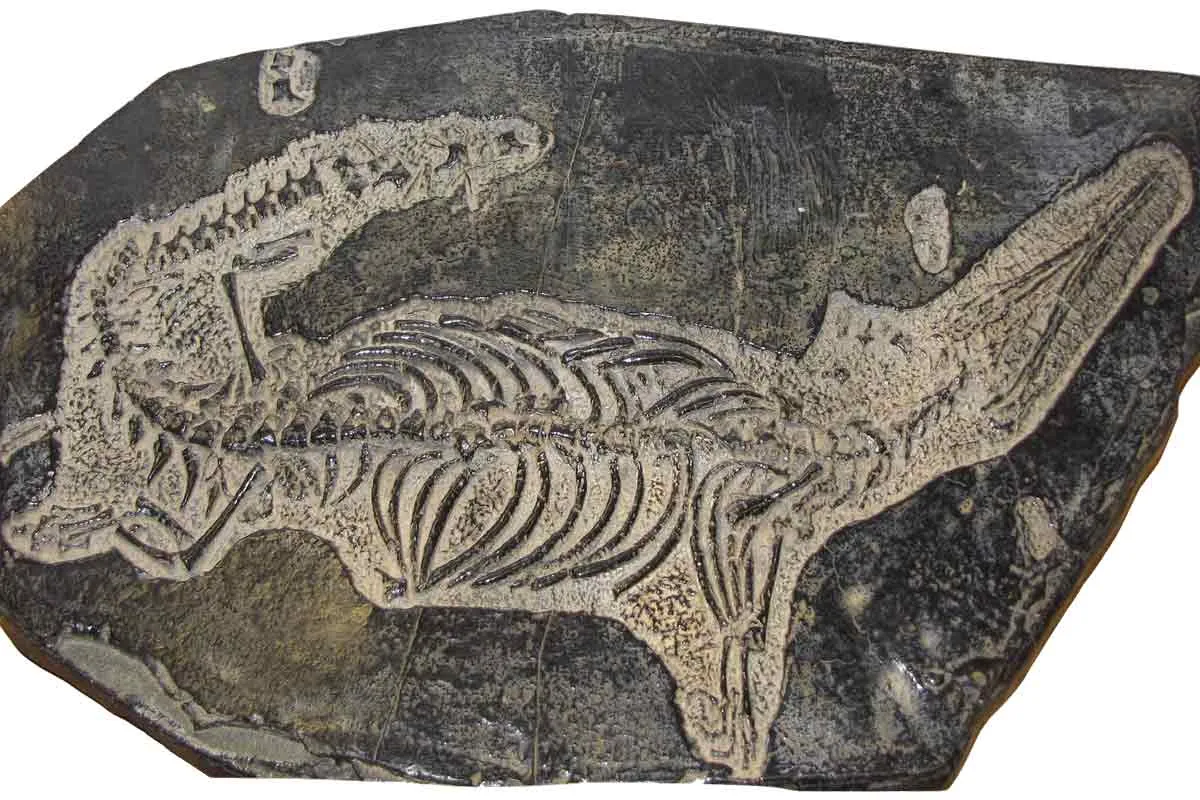
Once the emerging new fossilized species had an official identity, it was time for the individuals of that species to gain names for themselves. The different types of dinosaurs all needed unique names to identify and categorize them.
While most believed this to be a tedious task, it really wasn’t as such.
Before finding a suitable name for any given type of dinosaur was even discussed, the fossil had to pass through arduous screening.
This was to determine both, the authenticity of the bones as well as confirm if it really was a new species of dinosaur or not.
Once these initial steps had been completed the naming process began.
There were a few different methods used to name these creatures, however, the same routine was followed regardless of the method used to actually determine the name of the new dinosaur species.
Dinosaurs named after Places
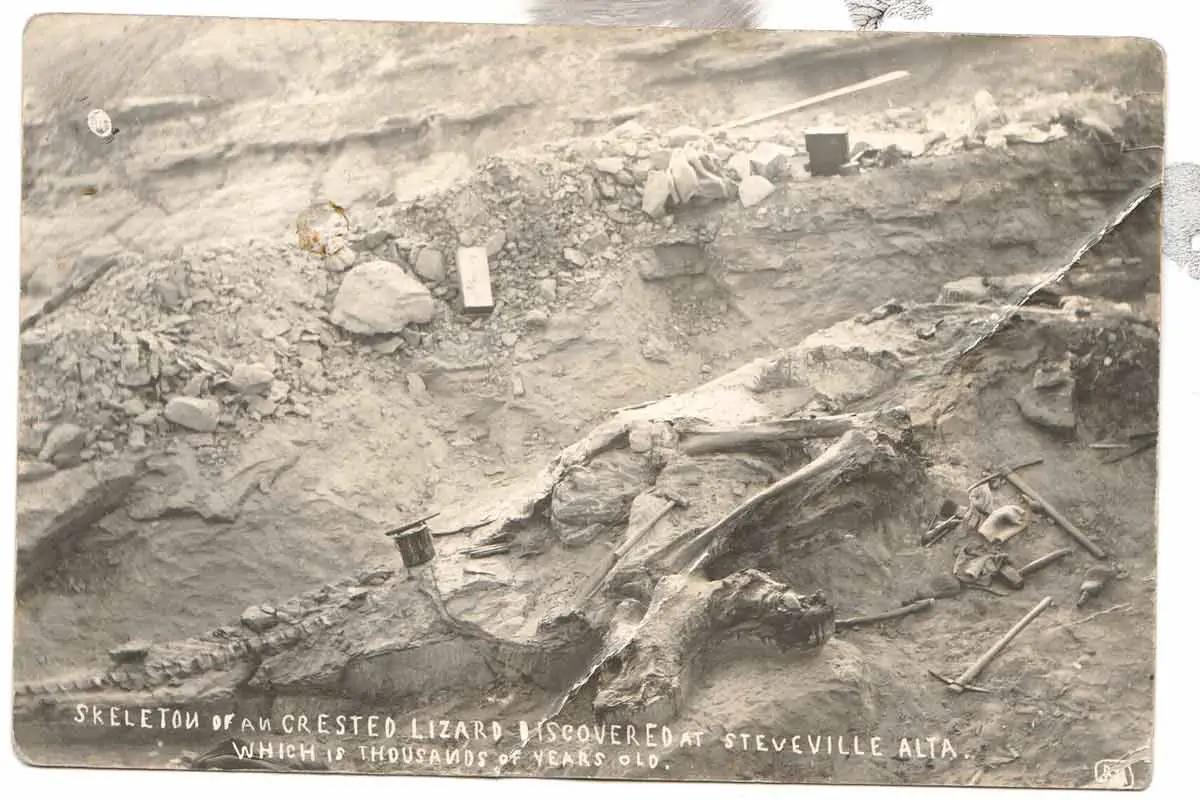
The name was sometimes derived from the place where we first found fossils of the new species.
An example of such a case includes the Utahraptor which was first found in East Central Utah in 1975.
This predator was native to the North American region and lived during the early cretaceous period.
It was a large, well built and toned carnivorous predator that ruled its native region mostly due to its large size and muscular physique.
Another example for naming a dinosaur in this manner comes in the form of an armored dinosaur.
The denversaurus, or the ‘lizard of Denver’ as the name’s translation suggests, evolved in the late cretaceous period in Western North America. This herbivorous creature had thick skin and an armor like plating to cover most of its exposed areas against predators.
Yet another instance when this same method of naming dinosaurs was practiced was in the case of what is now referred to as the Muttaburrasaurus, which was found in Muttaburra, Australia. This rather large dinosaur roamed the land that has since come to be known as Northeastern Australia.
The Muttaburrasaurus was a herbivorous dinosaur that lived between 110 and 103 million years ago during the time commonly referred to as the early cretaceous period.
Dinosaurs named after people who discovered them
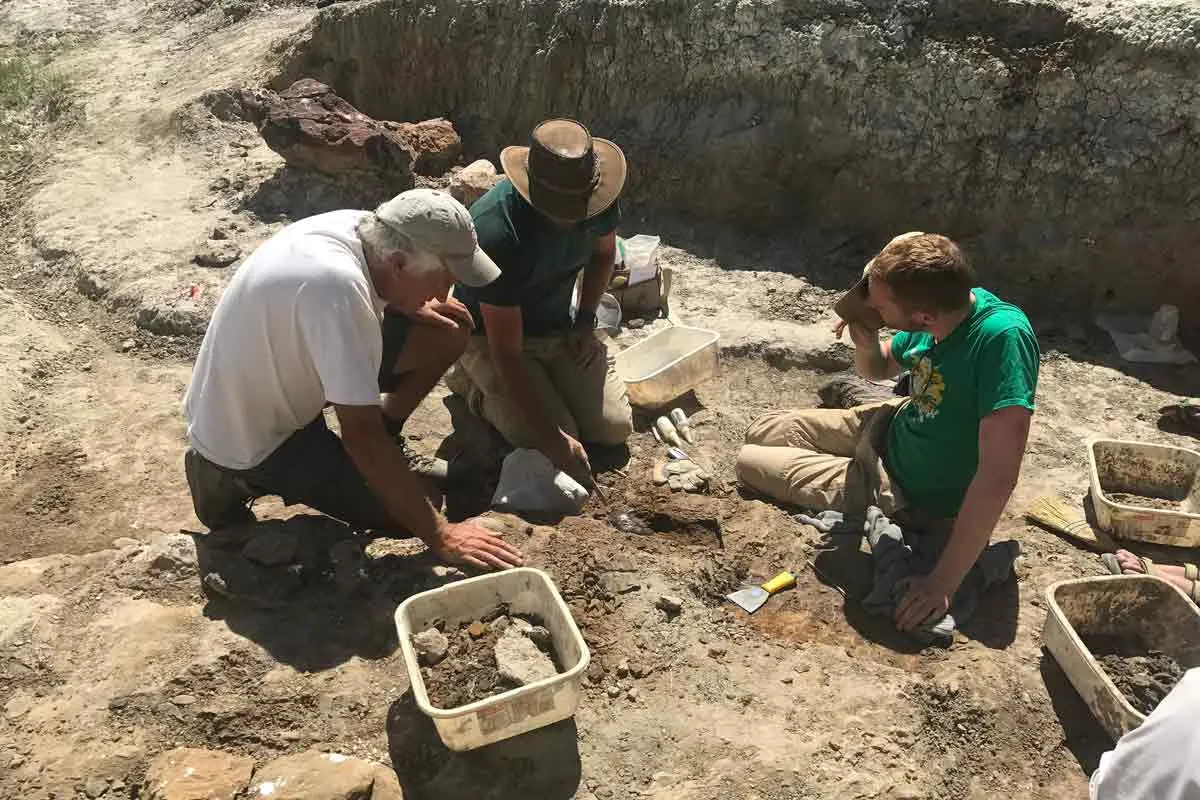
Another method often used to determine the name of a prehistoric fossilized creature was to name the dinosaur after people for their contributions in finding the dinosaur in the first place. In this manner the Diplodocus Carnegii got its name.
This dinosaur was named after Andrew Carnegii, the man who funded the expedition that discovered the remains of the dinosaur.
The Chassternbergia was another armored dinosaur from the late cretaceous period, which comes from the same family as the Ankylosaurus. This dinosaur, like the previous example, is also named after a person. The Chassternbergia was named after Charles Sternberg.
Charles Sternberg was given this honor because he was the man who ended up finding the fossilized remains of what we now call the Chassternbergia.
Dinosaurs named after a characteristic trait
Although it is not uncommon for dinosaurs to be named after the place the were found in or after the person who found them, even more common is dinosaurs being named after a particular characteristic trait that the species possesses.
This means that most of the time the name of a dinosaur tells us something about the dinosaur in question rather than about the person who discovered it. Scientists often tend to use greek or latin root words to name a dinosaur after a certain that is characteristic to the species.
Although there are probably countless examples of this method of naming dinosaurs being used, none are better examples than the triceratops. The word triceratops literally means ‘three-horned head’. This is quite an accurate description of the appearance of the herbivorous triceratops.
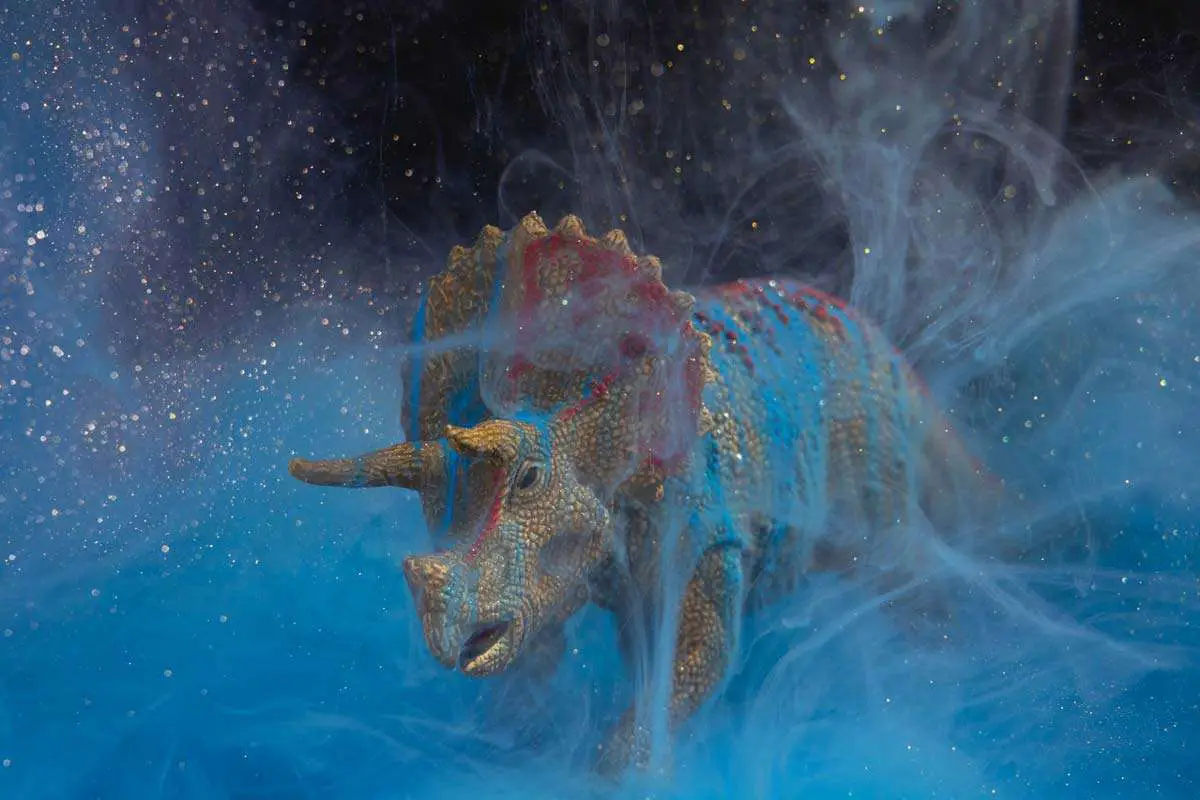
Another excellent instance of this method of naming being used is with the Gigantosaurus. This word literally translates to ‘Giant LIzard’ and is an accurate description of the large lizard-like dinosaur. This beast is especially popular for its sheer size.
The final steps in making a new dinosaur name Official
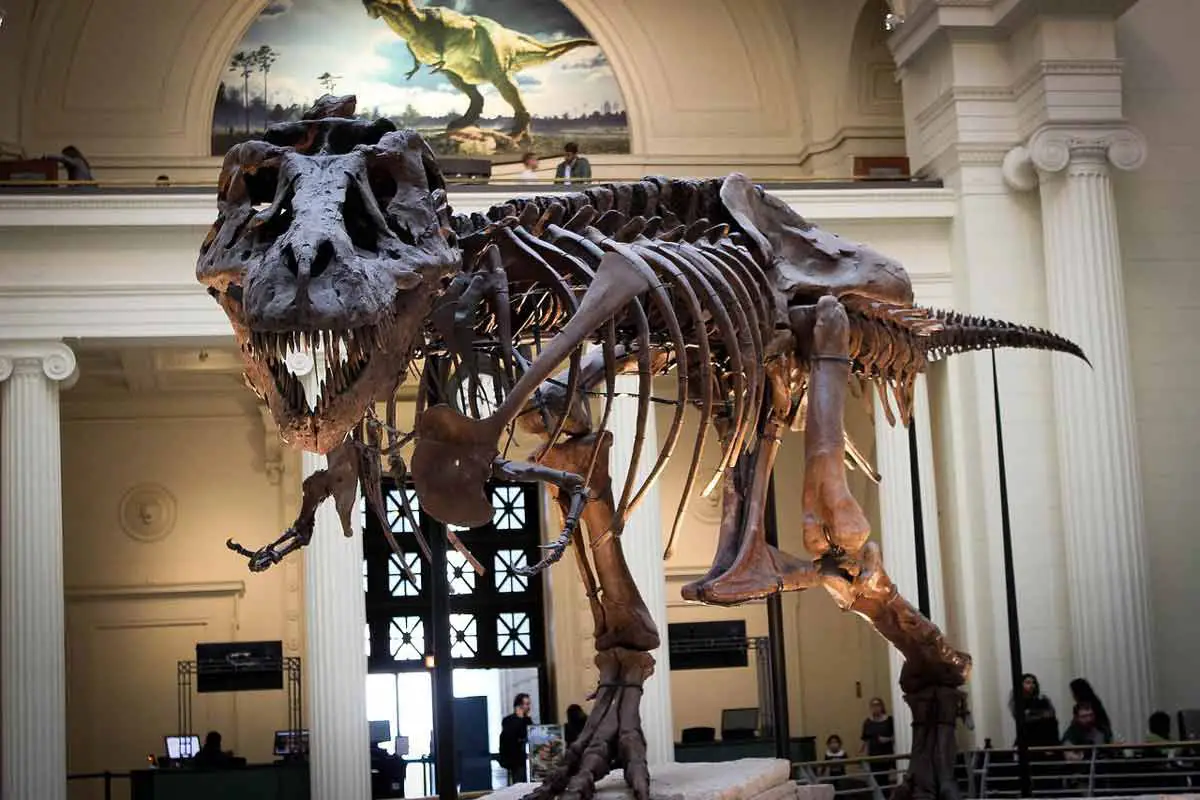
Once a new species of dinosaur has been identified and named, the new name must be reviewed by a group of scientists with expertise in the field.
Following that an official team of the International Commission on Zoological Nomenclature must meet and give an approval for the selected name.
This team of highly qualified individuals has the final say on whether the name is selected or not.
After this long and complicated procedure, the name becomes official and that dinosaur becomes an officially known species.
What would you name a dinosaur if you had the chance?
Let us know in the comments!






